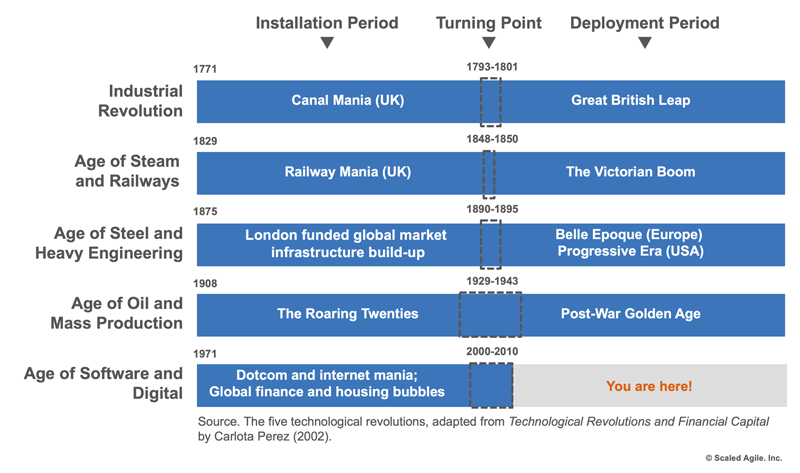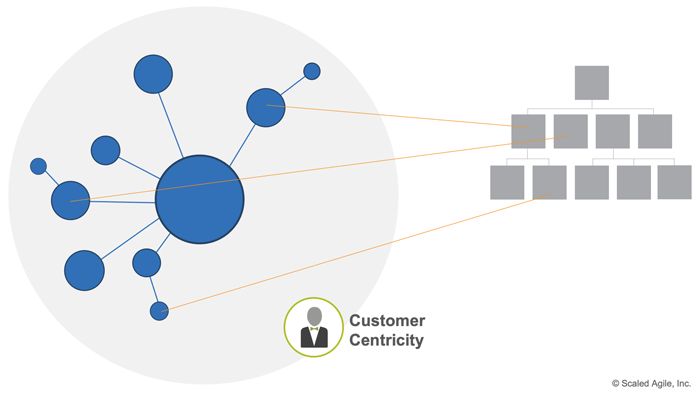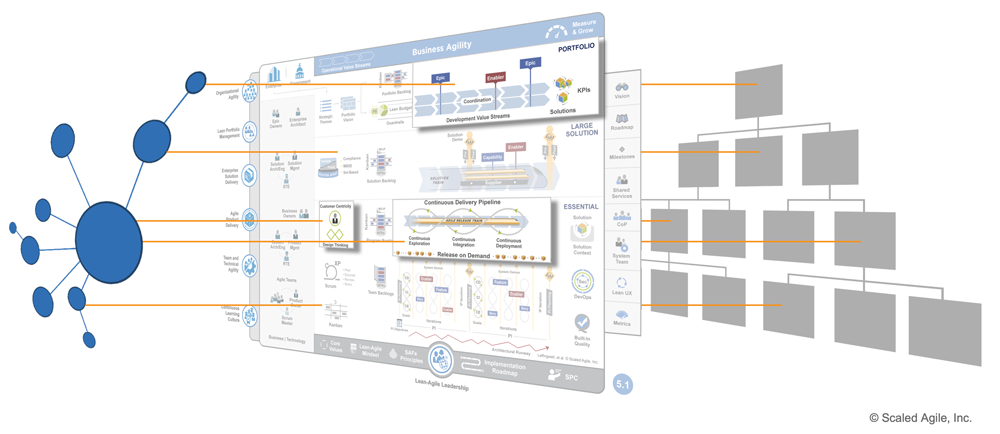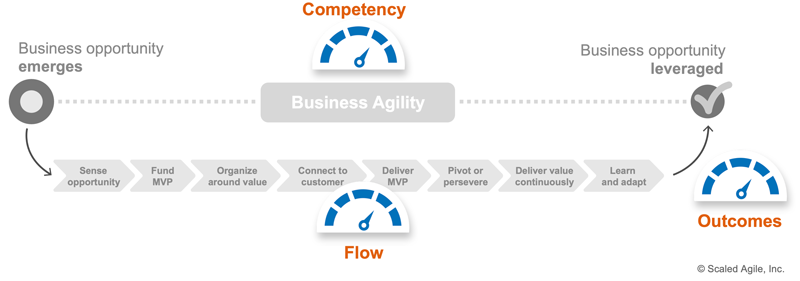
What is training ROI?
Training ROI, which stands for training return on investment, serves as a metric to assess the success of training in achieving desired objectives. Primarily a financial measure, ROI calculates training benefits in relation to the invested resources in an intervention.
Unlike subjective evaluations like ‘happy sheets’ measuring learner satisfaction and learning distance traveled, Training ROI focuses on quantifying tangible business results directly influenced by the training. It delves into the bottom line, providing valuable insights into the effectiveness of the training initiatives.
What’s the outlook for training ROI?
The encouraging finding from an employment survey conducted by the UK Commission for Employment and Skills (UKCES) reveals that employers are actively investing in training and development for their workforce. On average, approximately 60% of the UK’s employees have participated in the training, amounting to a substantial £42.0 billion in employer expenditure, equivalent to an average of £1,500 per employee.
However, the unfortunate reality is that only a few organizations are taking additional measures beyond making an initial financial commitment (such as paying for a provider/consultant or granting employee time off) to optimize their return on investment. As a consequence, the desired objectives of learning and training are rarely achieved to their full potential.
In a paper discussing how to maximize training impact, Jay Bahlis emphasizes that regardless of whether training decisions are based on financial measures like Return On Investment (ROI) or qualitative measures like Return On Expectations (ROE), the ultimate goal should remain consistent: to generate the greatest benefits (value) while minimizing costs as much as possible.
Here are 10 valuable pointers to optimize your training ROI:
1. Use training ROI as a strategic business tool
Usually, training is used as a mere solution to address team weaknesses instead of being strategically integrated into organizational development. As emphasized by Investors in People UK, aligning employees’ skills and development areas with the organization’s strategy will significantly enhance the overall performance of the business.
2. Have clear organizational goals in mind for training
Every organization must consistently inquire about its training objectives and the advantages it will gain from enhancing knowledge, and skills, and fostering behavioral changes within the workforce. Clearly communicating these aims and goals to employees is crucial, ensuring they comprehend the expectations before, during, and after the training. By elucidating the bigger picture, employees are motivated to align themselves with the overall vision of the business.
3. Identify skills gaps accurately by asking for outside help
Do not hesitate to seek external support in identifying gaps and potential interventions. Collaborating with an external consultant offers an impartial perspective to assess business needs and recognize skill gaps objectively. In small businesses, it can be challenging to see beyond immediate support requirements, making external input invaluable.
4. Ask your people to commit to what they want from the training
While setting organizational goals is crucial, it’s equally vital for your employees to grasp the value of training on an individual and personal level. Encourage them to contemplate the training’s potential content and what they wish to achieve from it.
A helpful approach is to have your employees jot down questions before the training and motivate them to find answers during the intervention. Additionally, ensure clarity on what knowledge and actions you expect them to acquire, as your objectives will shape your assessment of the training’s success.
5. Create a clear and focused environment
In your busy lives, juggling various tasks during the working day can be common. To ensure your employees gain the maximum benefit from a training program, it’s essential for them to be fully focused and free from other distractions. This entails no phone usage, no attending meetings, and no responding to emails, among other distractions.
Before the training intervention, proactively set deadlines for your employees to tidy up their schedules. By adopting an attentive approach to learning, they can pave the way for effective learning, retention, and application, ultimately leading to an increased return on investment.
6. Ensure that the training meets the needs that YOU have
Make certain that the objectives of the training course or intervention align with your specific business proposition. Opting for a generic training program designed for all companies may not effectively address the skills gaps and enhance performance in your unique business. While this might not always be the case, prioritizing ROI as a key driver warrants serious consideration when choosing between an ‘off the shelf’ program and a tailored or bespoke one.
If you decide that a tailored approach is the best fit, request a bespoke consultation, and ensure that the proposed plan of action is customized to suit your organization’s needs, delivering the desired outcomes you seek.
7. Evaluate job behavior before and after training
Assessing job behavior both before and after training is crucial to gauge the precise impact of the training. However, don’t halt your efforts there. It’s essential to consistently monitor changes over time to ensure the lasting impact of your training investment. Relying solely on post-training evaluation sheets is insufficient. A reputable training provider will collaborate with you to effectively evaluate the return on investment and ensure the training’s long-term effectiveness.
8. Aim to foster personal and professional development
Organizations that genuinely encourage and cultivate a learning culture are likely to experience significantly higher returns on their training investment, leading to subsequent improvements in overall performance. With this in mind, organizations should focus on developing three key factors that play a vital role in building a learning organization.
- Encourage top-down leadership behavior that positively reinforces and rewards all forms of learning, whether formal or informal.
- Implement systematic learning processes and practices that actively encourage learning and its practical application within the workplace.
- Foster a supportive learning environment where employees feel safe to experiment, practice, and reflect, without the fear of failure or making mistakes.
- Establish a method to align individual learning goals and interventions with organizational objectives, enabling employees to understand their roles within the broader organizational context.
9. Ensure your employees are consistently engaged
A lack of motivation or boredom can undermine a training program’s potential effectiveness. Ensure your team remains fully engaged and attentive throughout the training period. If any issues arise or your team starts losing focus, communicate these concerns with your training provider.
Reputable providers are open to flexibility and will be willing to adapt their program if certain aspects do not resonate well with your team. Continuous improvement and adaptation of training programs are essential to achieve the best possible results.
10. Consider training ROI as you would a project
Approach training as a project, recognizing that the greatest ROI stems from well-planned, organized, and systematically controlled training (while allowing room for fresh thinking and innovation). Just like any project, begin by clearly defining your objectives and what you aim to achieve.
Involve all stakeholders, ensuring they understand their roles throughout the process. Select the most suitable training methods, considering the associated costs, and plan how you will measure the training’s ROI.
Design the training meticulously, prioritizing effective learning and application. After completion, evaluate the training’s impact and measure the ROI. Conclude the “project” by reviewing lessons learned and taking actions to further maximize future training ROI. Stay tuned for more insights on this topic in future blogs.
Here at CourseMonster, we know how hard it may be to find the right time and funds for training. We provide effective training programs that enable you to select the training option that best meets the demands of your company.
For more information, please get in touch with one of our course advisers today or contact us at training@coursemonster.com


























